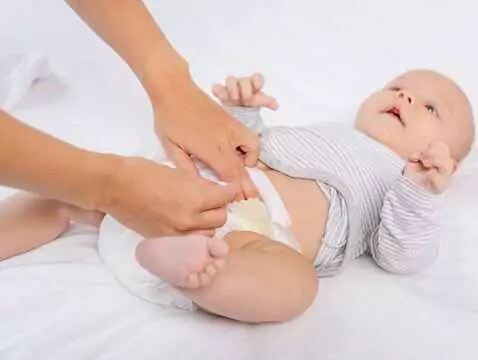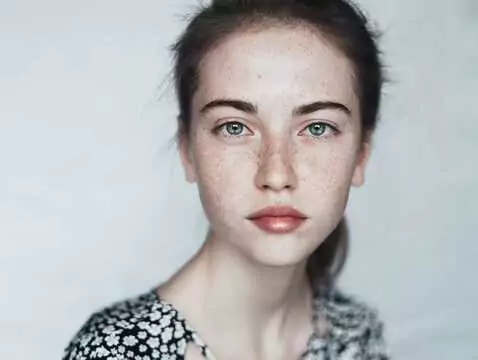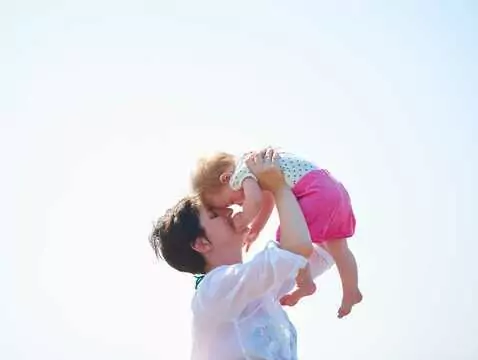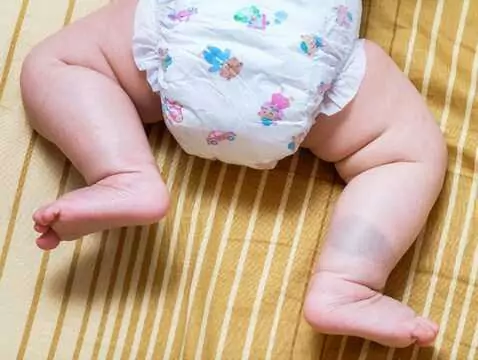The skin forms a barrier between the surrounding environment and the body's organs and systems. During the first years of life, it develops gradually and only at around 3 years of age does it become similar to adult skin. Due to its immaturity, the risk of irritation, infections and certain diseases is greatly increased. This article presents the principles of daily skin care for infants and young children and the most common skin problems occurring at this age.
Mycoses
Mycoses can affect the skin of the entire body as well as the nails. The most common in childhood is tinea pedis of the scalp. It is characterised by high infectivity. It is usually found in children between two and ten years of age. It takes the form of round or oval lesions on the scalp. The lesions are reddish and covered with scales. In the course of the disease, areas of hair thinning or even local baldness may occur. The treatment of fungal infections is often lengthy and requires constant dermatological control and close cooperation between the doctor, the parent and the child. In the case of tinea capitis, a treatment of several weeks with tablets is usually used. External treatment with shampoos is only supportive.
Scabies
Scabies is a parasitic skin disease caused by the human scabies mite. Infection occurs by direct or indirect contact through everyday objects such as underwear or toys. The fertilised female drills corridors in the stratum corneum and lays her eggs there. The hatching period lasts approximately 3-4 weeks. Symptoms of the disease do not appear until 3-8 weeks after the first infection, and after about 24 hours after the next infection. The main symptom of the disease is an intense itching that intensifies when the body is warmed up, especially at night or after bathing. Skin lesions are localised between the fingers, on the wrists, under the armpits, around the navel, waist, buttocks and nipples. Atypical localisation of skin lesions occurs in children under two years of age. The lesions may also occur on the feet, face or scalp. They take the form of papules, sometimes urticarial wheals. Scratching causes scabs and scabs to form.
The treatment of scabies involves the simultaneous treatment of all household members. Various remedies are available in our country for the treatment of scabies. Convenient, effective and safe is 5% permethrin cream. It can already be used in children from the age of two months. The medication should be applied to the skin (preferably in the evening) and left on for 8-14 hours. The treatment can be repeated after two weeks. Adults should apply the scabies preparations to the whole body except the head. In the case of children, the preparation should also be applied to this area (e.g. a shampoo containing permethrin at 2% concentration can be used). Other for 2-3 days. It is available in ointment and liquid form at a concentration of 10%.
After treatment, it is important to change underwear, clothing, bedding and towels. Previously used linen should be washed, preferably at a temperature above 50 degrees Celsius. As the female scabies can survive outside the host for about 2-3 days, linen and bedding should not be used for at least a week. Those garments that cannot be laundered should be dry-cleaned in a dry-cleaning facility or treated with a 24-hour freeze.
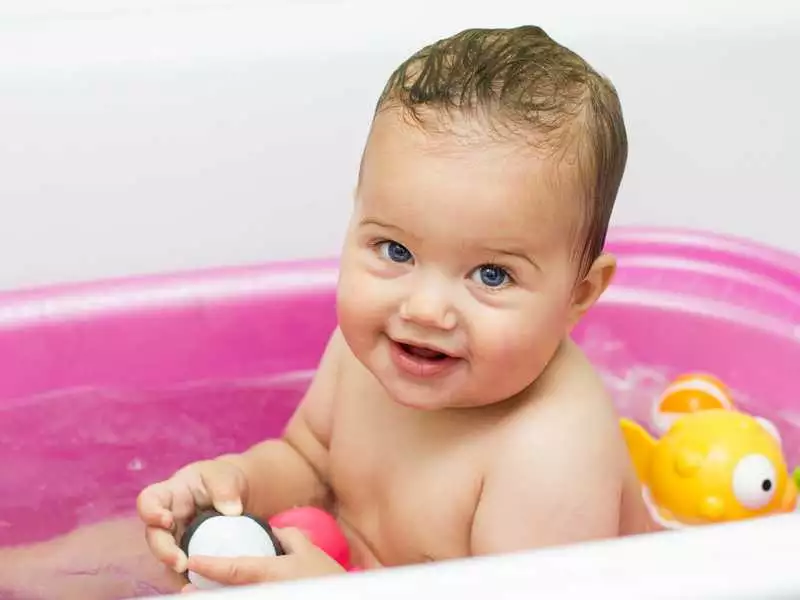
photo: panthermedia
In conclusion, it is important to remember to always choose cosmetics designed for babies and children, as their composition is usually matched to the skin type of the young child. It is best to use preparations that are fragrance-free, free of dyes and preservatives. Care of delicate skin requires the use of cosmetics adapted to the age of the toddler. This is important because of the immaturity of the skin, as discussed at the outset, and the increased exposure to factors favouring irritation, dryness and infection. To ensure that the cosmetics used are safe, use those that are certified by the Mother and Child Institute. At the same time, it is important to remember that a baby's delicate skin can be irritated by any preparation, regardless of its price. It is then necessary to find the right cosmetic for your baby by trial and error.





